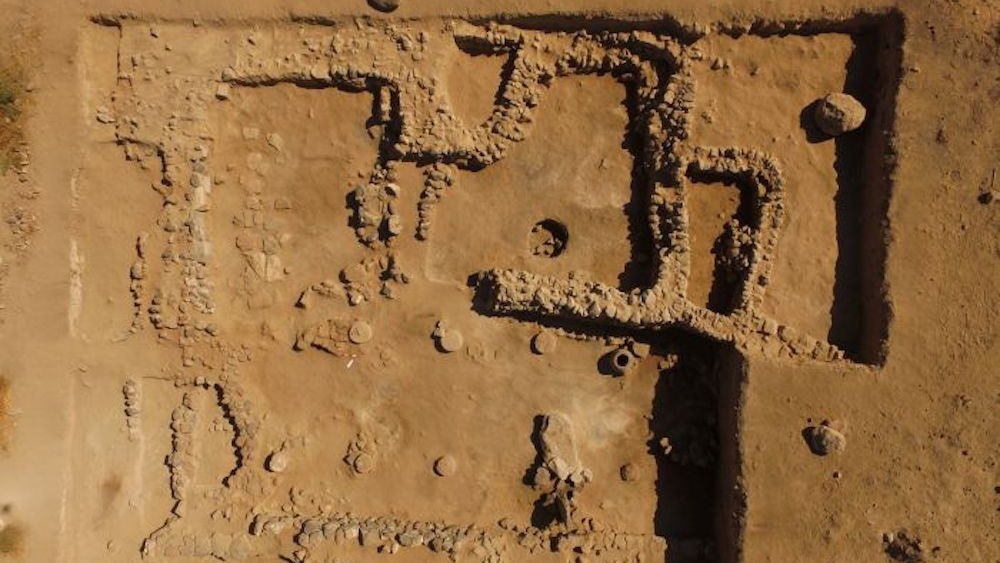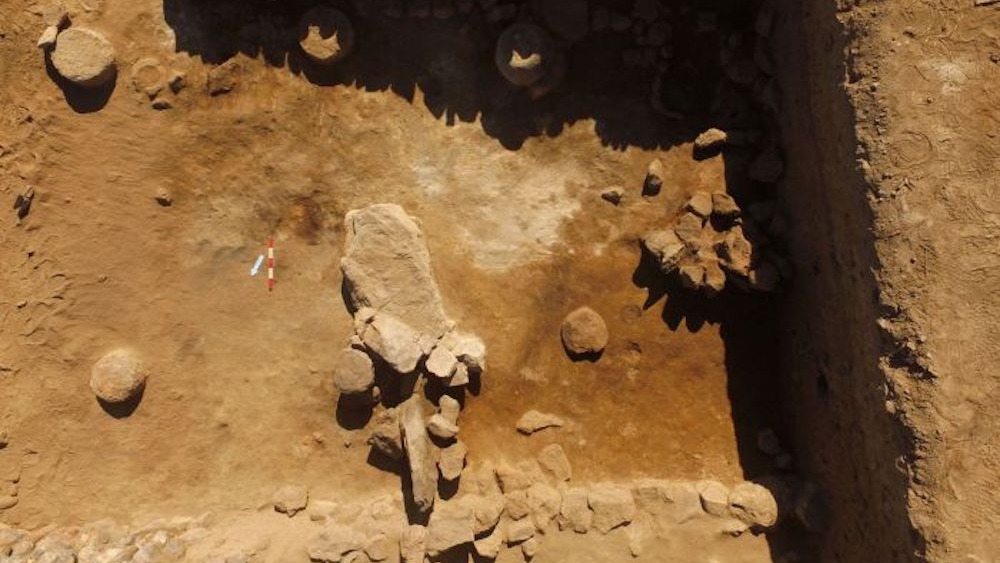
Piles of a mysterious white, powdery substance found inside the ruins of a 3,000-year-old building in Armenia are a culinary historian's dream — the remnants of ancient flour.
A Polish-Armenian team of archaeologists made the discovery while working at an archaeological site in the town of Metsamor, in western Armenia, last fall. Upon identifying the flour and excavating several furnaces, the team realized that the ancient structure once served as a large bakery. The dustings of the ancient flour were sprinkled throughout the dirt-cloaked ruins, including on several furnaces, according to Science in Poland, a Polish news website jointly run by independent media and the government.
"Upon first glance, it looked like ashes," Krzysztof Jakubiak, a professor of archaeology at the University of Warsaw who led the excavation, told Live Science. "We knew it was something organic and collected about four to five sacks' worth of the material."
Related: Ancient Bronze Age city reemerges from Iraq river after extreme drought
After conducting a chemical analysis, the team determined that the substance was wheat flour used to bake bread. They estimated that, at one time, approximately 3.5 tons (3.2 metric tons) of flour would have been stored inside the 82-by-82-foot (25 by 25 meters) building, which contained two rows of 18 wood columns supporting a reed roof with wood beams. Researchers estimate that the bakery was operational between the 11th and ninth centuries B.C. during the early Iron Age, according to Science in Poland.

"This is one of the oldest known structures of its kind in Metsamor," Jakubiak said. "Because the structure's roof collapsed during a fire, it shielded everything, and luckily, the flour survived. It's astounding; under normal circumstances, everything should be burned and gone entirely."
Before the building became a bakery, Jakubiak said, it was possibly "used for ceremonies or meetings, and then was turned into storage."
Although not much is known about Metsamor's ancient inhabitants, since they didn't have a written language, researchers do know that the fortified city became part of the biblical kingdom of Urarat (also spelled Urartu) after being conquered by King Argishti I in the eighth century B.C. Prior to this, it would have covered 247 acres (100 hectares) and was once "surrounded by temple complexes with seven sanctuaries," according to Science in Poland.
Previous excavations at Metsamor revealed a walled settlement with a cemetery containing 100 burials. Although many of the tombs were empty, likely due to looting, one tomb held several gold pendants and around 100 jewelry beads, according to The Miami Herald.







